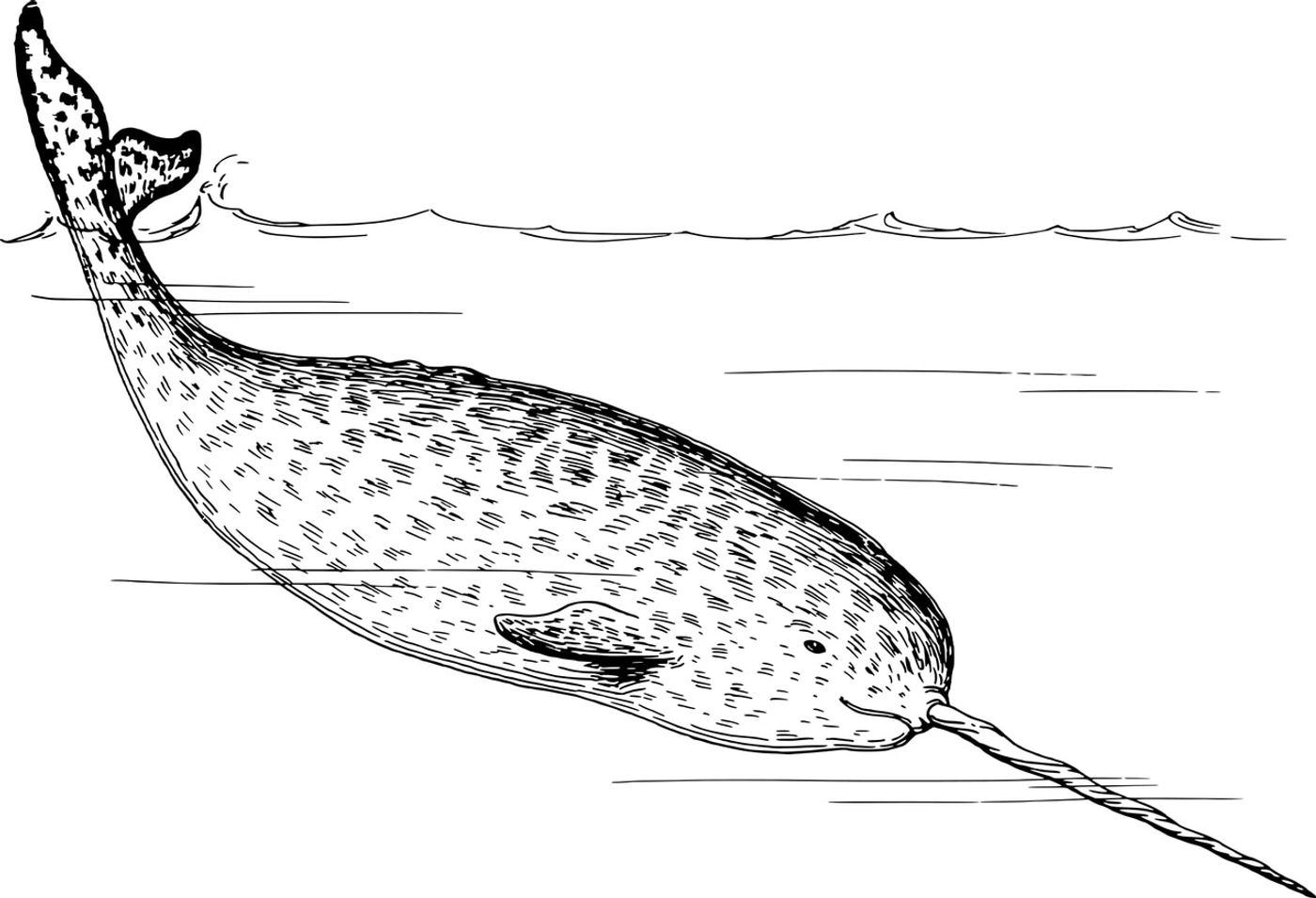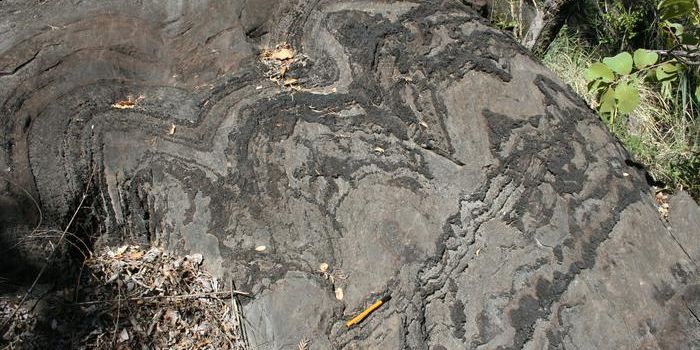Narwhals With Larger Tusks Have a Better Chance of Finding a Mate
Narwhals are often referred to as the ‘unicorns of the sea’ because of the unicorn-esque tusks they grow on their heads. There’s no question that the narwhal’s discernible tusk makes it one of the ocean’s most distinguishable animals, but novel research published in the journal Biology Letters advises that the tusk may play a part in sexual selection for the creatures.
Image Credit: Pixabay
Narwhals are particularly interesting marine animals, but because they reside in the ocean waters deep beneath Arctic ice for so long, they can be difficult to observe. These challenges have made it particularly troublesome to research narwhal behavior, and consequently, we know very little about their tusks or why they even have them in the first place.
What we do know is that only male narwhals grow these infamous tusks, and it’s actually a tooth that typically bursts from the left side of the animal’s head. Size and length vary from one narwhal to the next, but some have been approximated to measure up to 8.2 feet in length – longer than the height of a fully-grown adult human being.
We also know that narwhals use their tusks for hunting prey or for fighting with other males over dominance. Drone footage has actually shown the animals using their tusks to stun a potential meal, while other specimens have been observed with broken-off tusks jabbed into their sides, which insinuates that narwhals may use their tusks during combat amongst one another.
The latest paper, however, suggests that male narwhals sporting larger and longer tusks may be more sexually desirable by female narwhals. That said, the tusk can now be considered part of yet another narwhal lifestyle component: mating.
According to the researchers, who used curated datasets of narwhals to discern what’s considered ‘large’ in terms of narwhal tusks, narwhals sporting longer tusks were more likely to be viewed as viable mates. That’s because sporting a larger tusk makes a male narwhal appear larger and more dangerous (a common trait associated with manliness) than other males. And what female doesn’t like to feel protected by their man?
"By combining our results on tusk scaling with known material properties of the tusk, we suggest that the narwhal tusk is a sexually selected signal that is used during the male-male tusking contests," explained Zackary Graham, the paper’s first author from Arizona State University. "The information that the tusk communicates is simple: "I am bigger than you.""
Related: Heart monitors placed on narwhals reveal surprising results during stress
Indeed, the circumstances behind this argument are sound and justifiable, but more evidence is needed to make this claim without a shadow of a doubt. Graham went on to explain that researchers will eventually take advantage of aerial observation techniques in an effort to prove their hypothesis. But this could take time, especially given how challenging it is to spot and observe narwhals.
"Overall, our evidence supports the hypothesis that the tusk functions both as a sexually selected weapon and sexually selected signal during male-male contests," Graham added. "However, further evaluations of the narwhal's ecology are warranted."
It will certainly be interesting to see what kinds of support such evaluations might bright to the newfangled idea that the size of a narwhal’s tusk makes it more sexually desirable. In the meantime, we’ll just have to keep appreciating these extraordinary marine animals.
Source: Phys.org, Biology Letters









